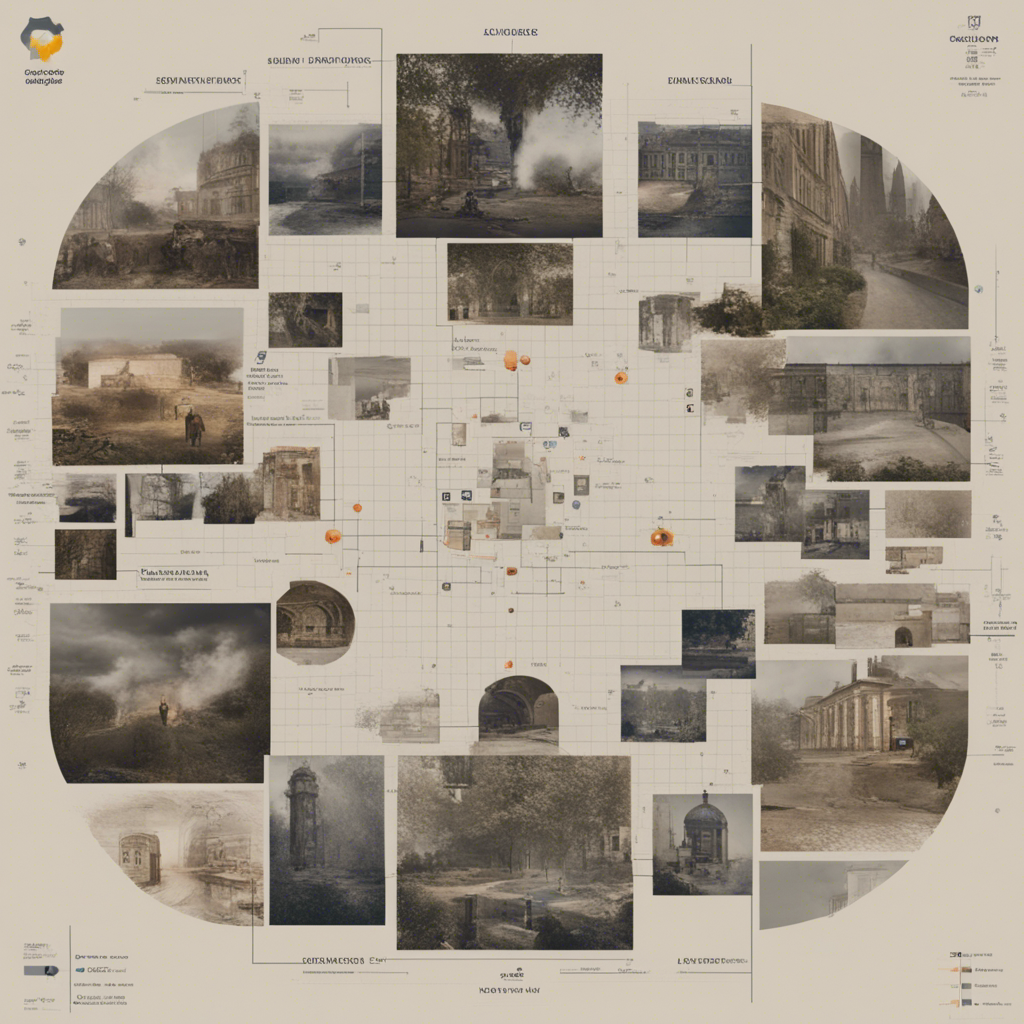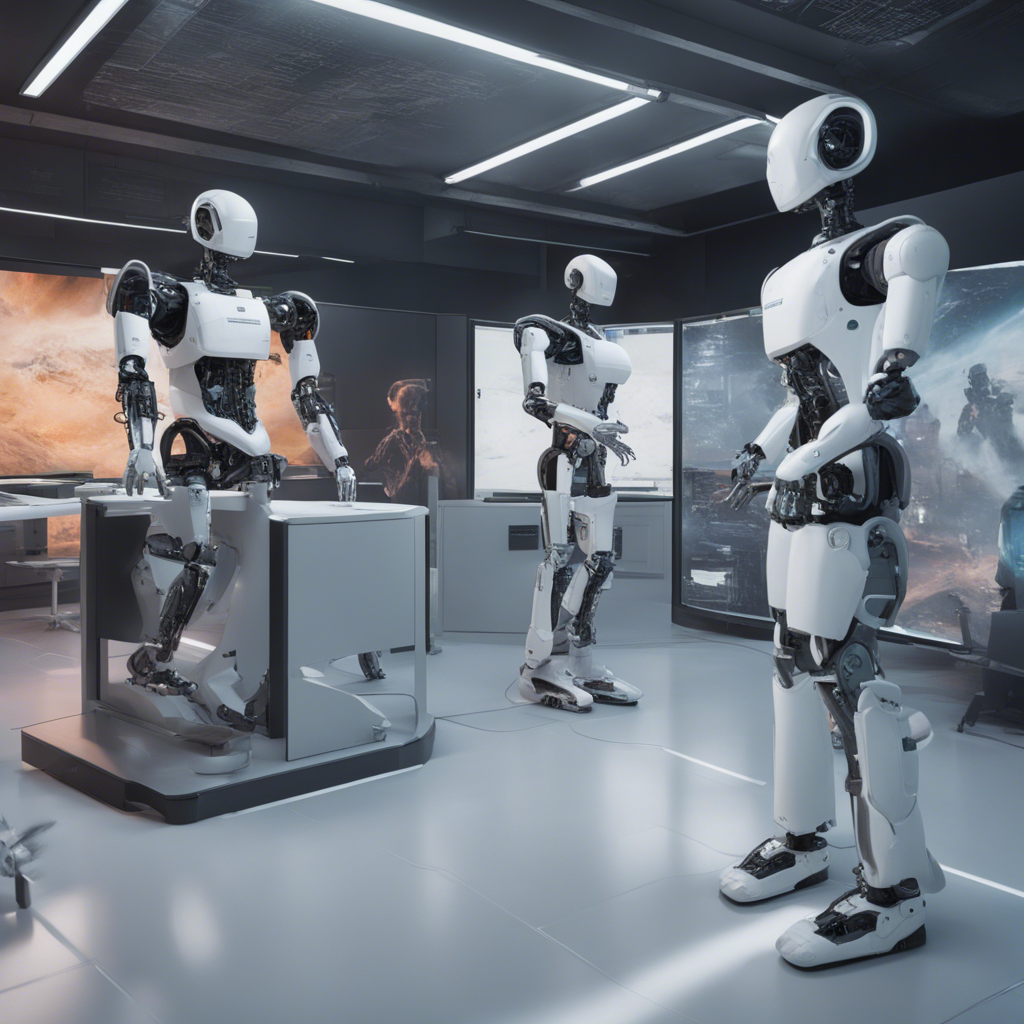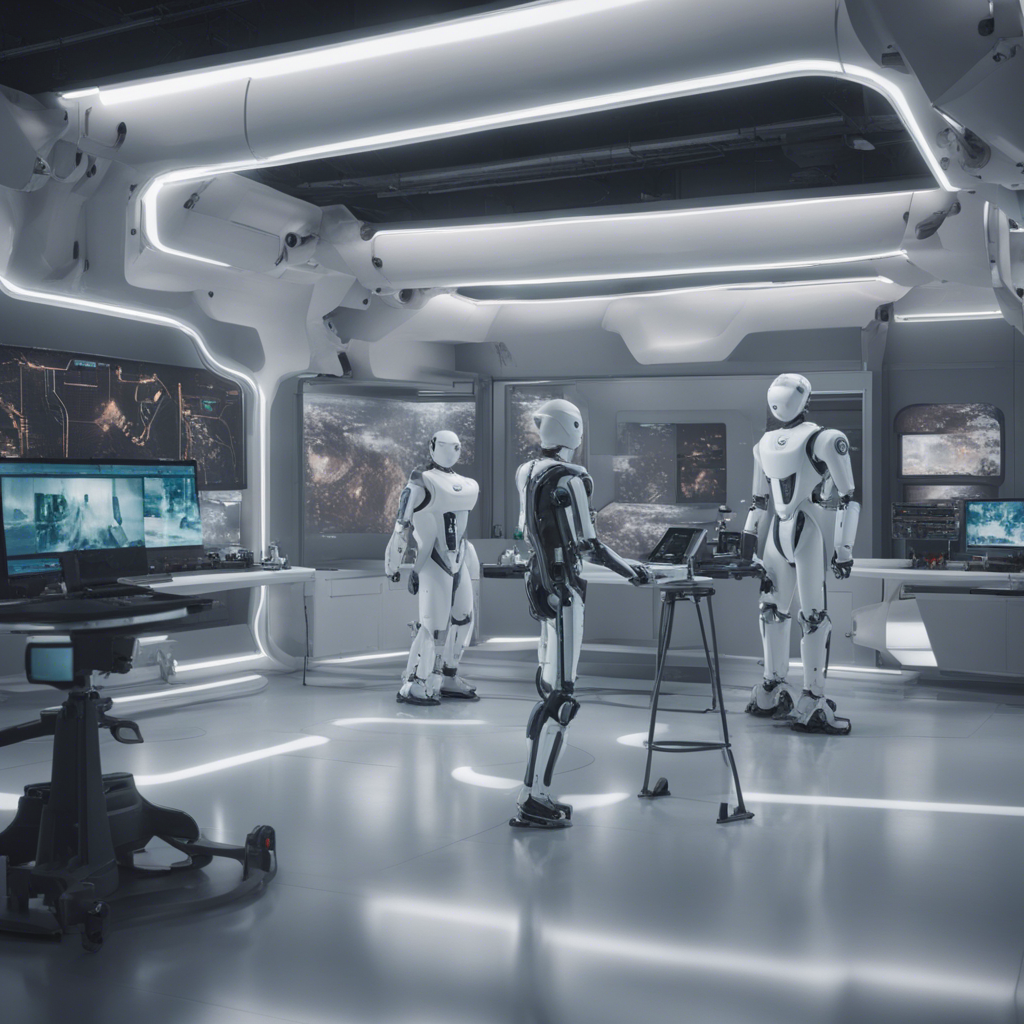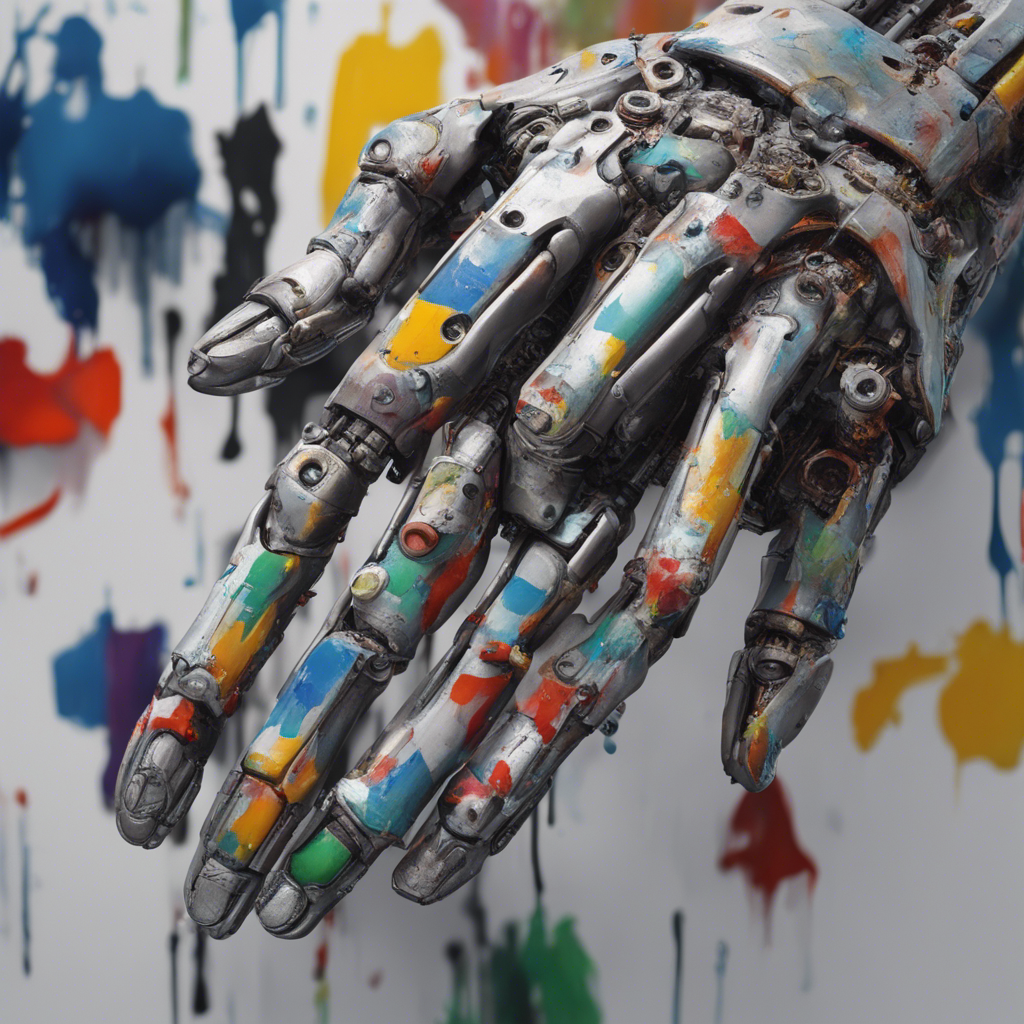
Evolution of Deep Learning: From Perceptrons to Transformers
Deep learning has revolutionized the field of artificial intelligence (AI) by allowing machines to learn and make predictions from vast amounts of data. Over the years, deep learning models have evolved and become more sophisticated, leading to significant advancements in various domains, including computer vision, natural language processing, and speech recognition. In this blog post, we will explore the evolution of deep learning from its humble beginnings with perceptrons to the latest breakthroughs with transformers.
Perceptrons: The Birth of Deep Learning
The history of deep learning can be traced back to the development of perceptrons in the late 1950s. A perceptron is the fundamental building block of neural networks and was inspired by the functioning of biological neurons. Frank Rosenblatt, an American psychologist and computer scientist, introduced the perceptron model as a binary classifier capable of learning from examples.
Perceptrons consist of an input layer, a weight layer, and an activation function. The input layer receives data, which is weighted and passed through the activation function to produce an output. Training perceptrons involved adjusting the weights based on the observed errors, using a technique called gradient descent.
While perceptrons showed promise in solving simple classification tasks, they were limited in their capabilities. They could only solve linearly separable problems, failing on more complex tasks that required non-linear decision boundaries.
Multilayer Perceptrons (MLPs): Expanding the Power
To address the limitations of single-layer perceptrons, the concept of multilayer perceptrons (MLPs) was introduced in the 1980s. MLPs added one or more hidden layers between the input and output layers, allowing for the learning of more complex relationships.
MLPs use a technique known as backpropagation to train the networks. Backpropagation involves propagating errors backward through the layers to update the weights. This process allows MLPs to learn complex patterns and achieve higher accuracy on a wider range of tasks.
With the introduction of MLPs, deep learning took its initial steps towards solving more challenging problems. However, training deep networks remained problematic due to the vanishing gradient problem, where the gradients diminish as they propagate through the network, making it challenging for deep networks to learn effectively.
Convolutional Neural Networks (CNNs): Revolutionizing Computer Vision
One of the major breakthroughs in deep learning came in the form of convolutional neural networks (CNNs). CNNs were specifically designed to tackle computer vision tasks and became widely known after the success of the LeNet-5 architecture in handwritten digit recognition.
CNNs employ convolutional layers, which are adept at capturing local patterns by performing convolutions on the input data. These layers are followed by pooling layers that downsample the output, reducing the network’s spatial dimensions while retaining important features. Finally, fully connected layers process the high-level features and produce the final predictions.
The effectiveness of CNNs lies in their ability to exploit spatial hierarchies and share weights, reducing the number of parameters and enabling efficient feature extraction. CNNs have achieved state-of-the-art performance in various computer vision tasks, including image classification, object detection, and image segmentation.
Recurrent Neural Networks (RNNs): Unleashing the Power of Sequences
While CNNs excel at processing grid-like data, recurrent neural networks (RNNs) are designed for sequential data, such as time series, natural language, and speech. RNNs are characterized by their recurrent connections, allowing them to maintain internal memory and capture dependencies over time.
RNNs process sequences by feeding the current input and the previous hidden state into the network, updating the hidden state at each timestep. This sequential nature enables RNNs to handle tasks like machine translation, sentiment analysis, and speech recognition.
However, traditional RNNs suffer from the vanishing and exploding gradient problems, which limit their ability to capture long-term dependencies. To address these issues, different variants of RNNs, such as long short-term memory (LSTM) and gated recurrent unit (GRU), were introduced in the late 1990s and early 2000s.
LSTMs and GRUs incorporate explicit gating mechanisms that control the flow of information, mitigate gradient issues, and enable the networks to learn long-range dependencies. These architectures have become pivotal in natural language processing and sequential modeling tasks.
Transformers: Rethinking Sequence Processing
The most recent breakthrough in deep learning is the transformer model, which has revolutionized the field of natural language processing. Transformers were introduced by Vaswani et al. in the influential paper “Attention Is All You Need.”
Transformers completely redefine sequence processing by leveraging self-attention mechanisms instead of recurrence or convolution. Self-attention allows each word in the input sequence to attend to all other words, capturing both local and global dependencies. These attention scores guide the weighting of different words during information extraction and aggregation.
The transformer consists of an encoder and a decoder, with attention mechanisms facilitating information flow and alignment. Transformers have achieved state-of-the-art performance on a wide range of language-based tasks, including machine translation, text classification, and language generation.
Conclusion
The evolution of deep learning from its inception with perceptrons to the powerful transformer models has significantly impacted the field of AI. Perceptrons paved the way for neural networks, while MLPs expanded their capabilities. CNNs revolutionized computer vision, and RNNs conquered sequential data. Finally, transformers disrupted the field of natural language processing, showcasing the power of attention mechanisms.
Deep learning continues to evolve rapidly, with researchers and practitioners pushing the boundaries of AI capabilities. As computational power improves and techniques advance, the potential applications of deep learning are boundless. Understanding the evolution of deep learning provides insights into how AI has progressed and ignites excitement for the future possibilities.
References:
- Rosenblatt, F. (1958). The Perceptron: A Probabilistic Model for Information Storage and Organization in the Brain. Psychological Review, 65(6), 386-408.
- Rumelhart, D.E., Hinton, G.E., & Williams, R.J. (1986). Learning representations by back-propagating errors. Nature, 323, 533-536.
- LeCun, Y., Bengio, Y., & Hinton, G. (2015). Deep learning. Nature, 521, 436-444.
- Vaswani, A., Shazeer, N., et al. (2017). Attention Is All You Need. Advances in Neural Information Processing Systems (NeurIPS), 5998-6008.






